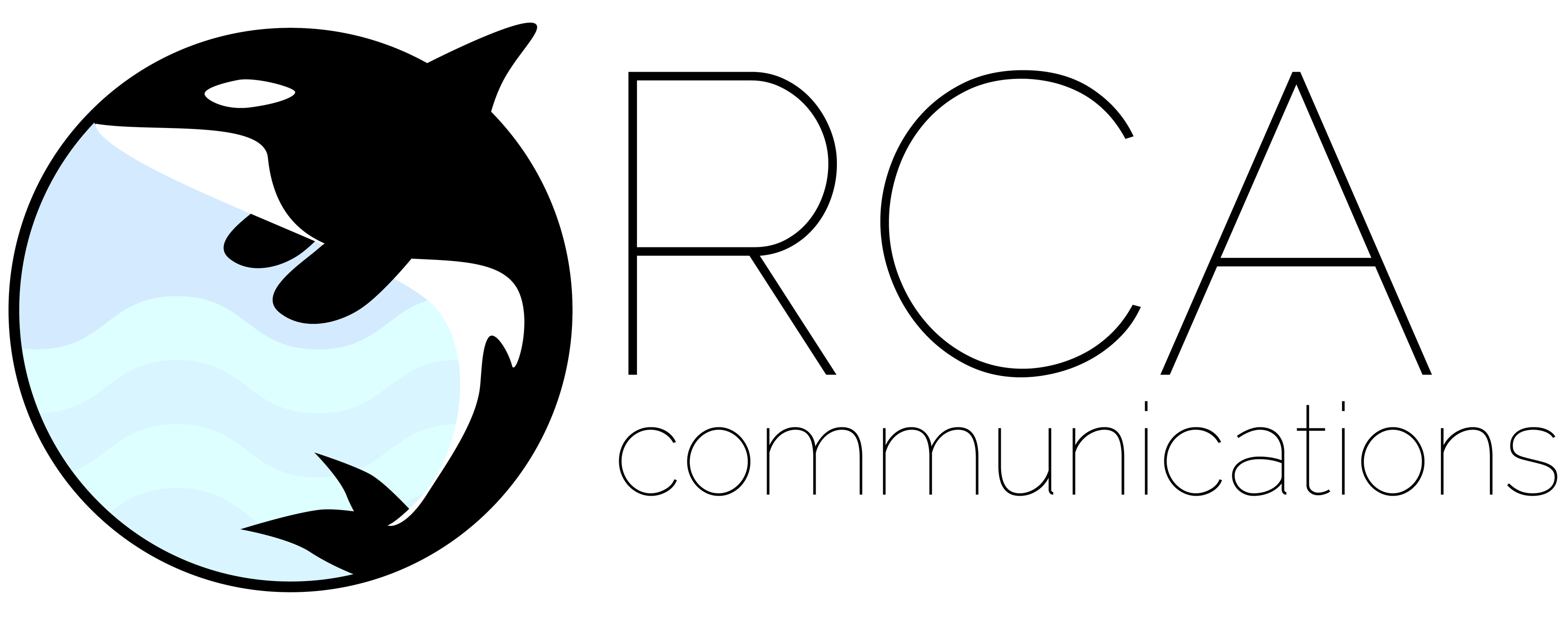A lesson in PR – How to find the hook
When I worked as a TV producer, I had an anchor who responded to every story pitch in every editorial meeting with a question: “what the hook gonna be?” He didn’t want to go on TV to report on a nonsense story. As a writer, I knew there had to be a purpose behind every word and every image in my show rundown. Publicists know this is what Journalists are looking for. So when they craft story pitches, they are looking for “the hook” a.k.a. the lede of the story – the reason “why” a journalist should want to cover their client.
What is a lede?
Have you ever heard the term “buried the lede?” In journalism, the lede is the most important part of a story. “Burying the lead” would mean the most impactful moment is hidden somewhere in the body of a story, rather than in the headline. A publicist’s job is really cool in that they get to determine the lede before anybody else. But it also means they need to be creative and strategic because that “hook” has to be compelling enough to reel journalists in.
The 5 Ws.
Journalists learn early on that every story must include the 5 ws: who, what, when, where, and why. The “hook” of the story is usually buried in the “why” element. Oftentimes, when I was on the receiving end of press releases and story pitches, I’d find that many pitches lacked a “why.”
For example, I might receive a pitch from a ketchup company about National Hamburger Day. It would say something like “It’s National Hamburger Day and this product is perfect for hamburgers! You should cover it!”
I would think to myself, “why do I care about a made-up hamburger day? And why would I care about your product?” This pitch makes a lot of assumptions about what I may or may not be interested in.
A better pitch might be something like “It’s National Hamburger Day! We did our research and found that hamburgers are one of the most popular restaurant menu items in your city. Why not show your audience how to save some money by not eating out and instead making delicious burgers at home with our ketchup? We will come to your studio and fire up the grill!”
Now there’s a “hook” that a TV producer can run with – it is highly visual, identifies something special about their local community, and shows their audience how to save money.
Determining Which Stories Matter
As a business owner or marketing director, it can be difficult to take a step back and view the company from a journalist’s point of view. The projects that excite you and your team might not have any impact on the outside world. The reality is, unless you are Google or Apple, your company is probably not the subject of the story.
In order to find the “hook” of your pitch, you need to ask yourself “why does this audience care?” If you can’t determine the answer to that question in a quick 30 seconds, then you should move on and find another angle to pitch.
Here are some story elements that journalists broadly care about:
- It saves time
- It saves money
- It fixes a major problem
- It tugs at people’s emotions
- It makes us laugh
- It has elements of shock/surprise
A human interest element will almost always win. If you aren’t sure if there’s a human interest story to be told, look to your own customers. There are often excellent stories buried in testimonials of how they used your products or how you solved their problems. If still, nothing jumps out at you, then go to the customer directly. Ask them, “hey, why did you buy my product?”
Once you’ve determined the hook, you need to back up your claim with data. Writers love a good stat! For example, “9 out of 10 wives say their husbands need to wear stronger deodorant” is much better than “This deodorant works better than all the rest.” The writer you’re pitching to likely doesn’t care about “this deodorant” but they do care about stinky husbands. So, you’re better off leading with the part that fixes a problem.
Pitches vs. Press Releases
We are pro-pitch at Orca. Every media outlet and every journalist is different. The “why” aka the “hook” is going to change depending on who you are pitching to. Press releases are very one-size-fits-all and don’t allow for fluid storytelling. But pitches allow publicists to work with several potential story angles simultaneously. This often results in more widespread press coverage for our clients.
Hire a Publicist
This way of thinking comes naturally to PR professionals. One of the first things I do before onboarding a new client is looking at their website and/or products to see if I can figure out a strong “hook.” Pitch angles are crucial to PR success! If you struggle to figure out how to determine which stories to turn into PR pitches, then I highly recommend working with an experienced publicist, like the talented team at Orca Communications. A good publicist knows which stories to pitch to which editors and when to pitch them!

